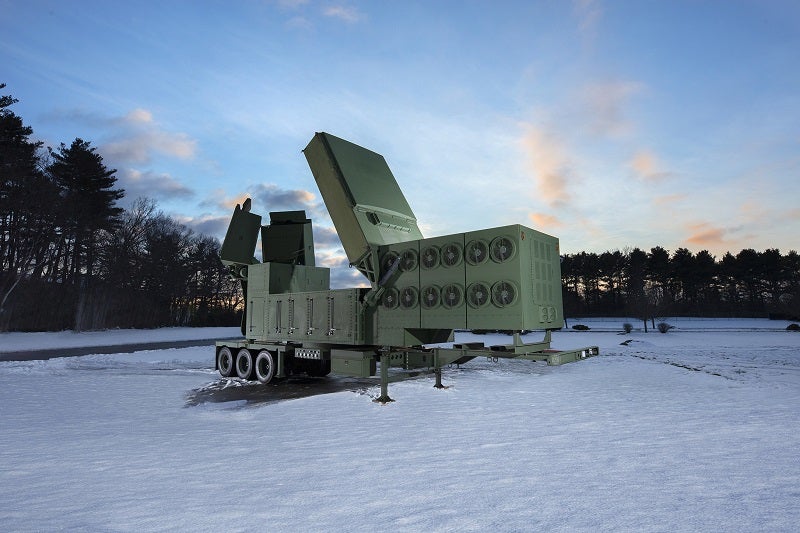
Raytheon Missiles & Defense has selected Orolia to support the US Army’s Lower Tier Air and Missile Defense Sensor (LTAMDS) radar programme.
Orolia will provide its low size, weight and power (SWaP), rugged time and frequency system.
Once delivered, the LTAMDS system will defend the US Army against advanced threats, as well as hypersonic weapons.
The radar system is expected to replace the existing radar of the army’s Patriot defence system.
It will be a key feature of the army’s future Integrated Air and Missile Defense network.
Orolia’s flagship SecureSync system received approval on the Defense Information Systems Agency (DISA) Department of Defense Information Network (DoDIN) Approved Products List.
Orolia Defense & Security president Hironori Sasaki said: “Ultra-precise mission timing and sync technology are fundamental building blocks for the Resilient Positioning, Navigation and Timing (PNT) systems that warfighters rely on for continuous operations in contested environments.
“We are proud to be a Raytheon Missiles & Defense partner on LTAMDS and other programs that utilise global positioning system (GPS) signals for timing, frequency and network synchronisation across critical military systems.”
In October last year, Raytheon Missiles & Defense won a contract to deliver an advanced air and missile defence radar LTAMDS to the US Army.
The army awarded other transactional authority agreement to Raytheon to supply six ‘production representative units’ of the LTAMDS radar.
In February this year, Raytheon built the first radar antenna array for the US Army’s LTAMDS radar was tested in the following month.



